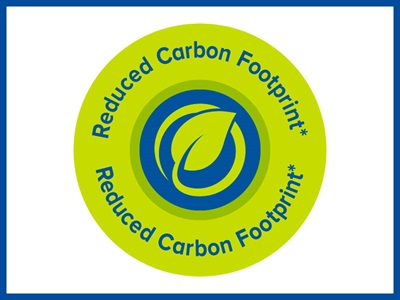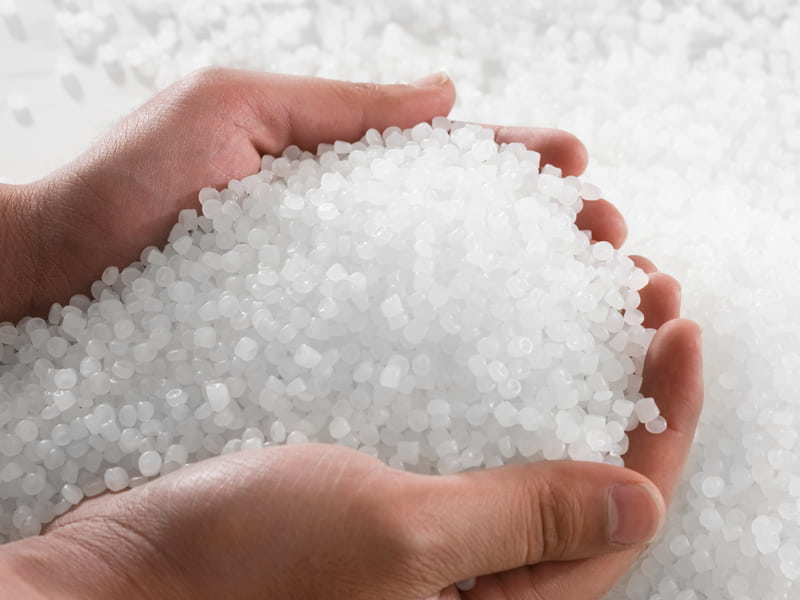October 12, 2023
(press release)
–
In a circular economy, products are used over and over – kept in use for as long as possible through reusing, repairing, and recycling instead of being thrown away. In today’s predominately linear economy, we use resources from the Earth to create products that are generally sent to landfill or incinerated at the end of their use. This leads to a loss of precious natural resources and significant amounts of waste. Consumers are rightfully demanding change and looking to brands they trust to help eliminate plastic waste. And those brands look to us to help them keep resources in use and out of our environment. We recognize the global problem and the role we play in eliminating it. To help customers meet the growing sustainability demands of today and tomorrow, we design and develop new products and materials that advance our pathway to circularity by increasing the use of recycled content, minimizing waste, and improving recyclability. Outlined in this document, Berry Global’s pathway to circularity provides a strategic framework for achieving our Impact 2025 circularity goals, including: Goal: 100% reusable, recyclable, or compostable packaging by 2025 With guidance from RecyClass and the Association of Plastic Recyclers, we are working toward our goal of 100% reusable, recyclable, or compostable packaging by 2025 by combining our expertise in design, manufacturing, and material science to design and develop innovative products. To date, we have achieved 79% reusable, recyclable, or compostable packaging across our fast-moving consumer goods packaging and our European flexible films division is using more than 10,500 metric tons of recycled content in packaging products. From biobased wrapper films and compostable cloths to 100%-recycled content hair care bottles – our B Circular Range follows six key design principles to offer widely recyclable packaging, reuse and refill options, products with high levels of recycled and renewable material, and lightweight items. Berry’s Five Principles for Circular Packaging Design 1. Resin Compatibility Rigid Packaging: Flexible Packaging: 2. Mono-Material Design Eliminate the use of non-plastic components, including metal wire handles on pails and metal springs. Examples: 3. Color Eliminate the use of colorants that cannot be detected by current recycling sortation systems by designing packaging with a L*(lightness)> 40 or using Near Infra-Red (NIR)-detectable colors. Examples: 4. Packaging Size Design packaging to meet the minimum size requirement of 2”x 2”, so it can be detected and sorted by screening technology at Materials Recovery Facilities (MRFs). Examples: 5. Chemicals of Concern Prevent chemicals of concern from entering our products to help ensure that they don’t contaminate the recycling stream. Examples: Goal: Lightweight Products To achieve our goal of lightweighting our products, we are investing in innovative materials, including less viscous resins to fill thin parts during molding and cutting-edge equipment to provide the most efficient processes for customers. This includes updating our injection molding tooling to achieve lighter weight products without compromising product quality or function. In 2022, we invested $687 million in projects designed to improve our businesses, which contributed to achieving our average annual product weight reduction rate of 1%. Examples: Goals: Achieve 30% circular plastics across our FMCG packaging by 2030 and increase the use of recycled content across our FMCG packaging to 10% by 2025. We access the supply of high-quality recycled materials and design products more effectively so we can recapture and remanufacture them to foster cleaner communities for future generations. In 2022, we increased the amount of circular plastics purchased across our business by 21%, including increasing post-consumer resin (PCR) across our business by both volume and percentage. PCR now makes up 3.4% of our overall resin purchases, while our total circular resin consumed, including PCR, post-industrial recycled (PIR), and bioplastics has grown to 9.1%. To achieve our goals of increasing our use of circular plastics and using more recycled content across our packaging, we take a three-pronged approach that combines our unmatched global capabilities, sustainability leadership, and deep innovation expertise: 1. Develop Supply of Recycled and Renewable Plastics 2. Qualify and Test Internally Conduct thorough internal testing to qualify new non-fossil-based sources, validate product safety, and demonstrate regulatory compliance. 3. Commercialize Collaborate with customers to take proof of concepts to scale and deliver the latest innovative, sustainable packaging solutions to help make progress toward ambitious sustainability goals. To learn more about how we are advancing our pathway to circularity, download our 2022 Impact Report.
Example:
Examples:
*Compared to previous versions of the product
* All content is copyrighted by Industry Intelligence, or the original respective author or source. You may not recirculate, redistrubte or publish the analysis and presentation included in the service without Industry Intelligence's prior written consent. Please review our terms of use.







